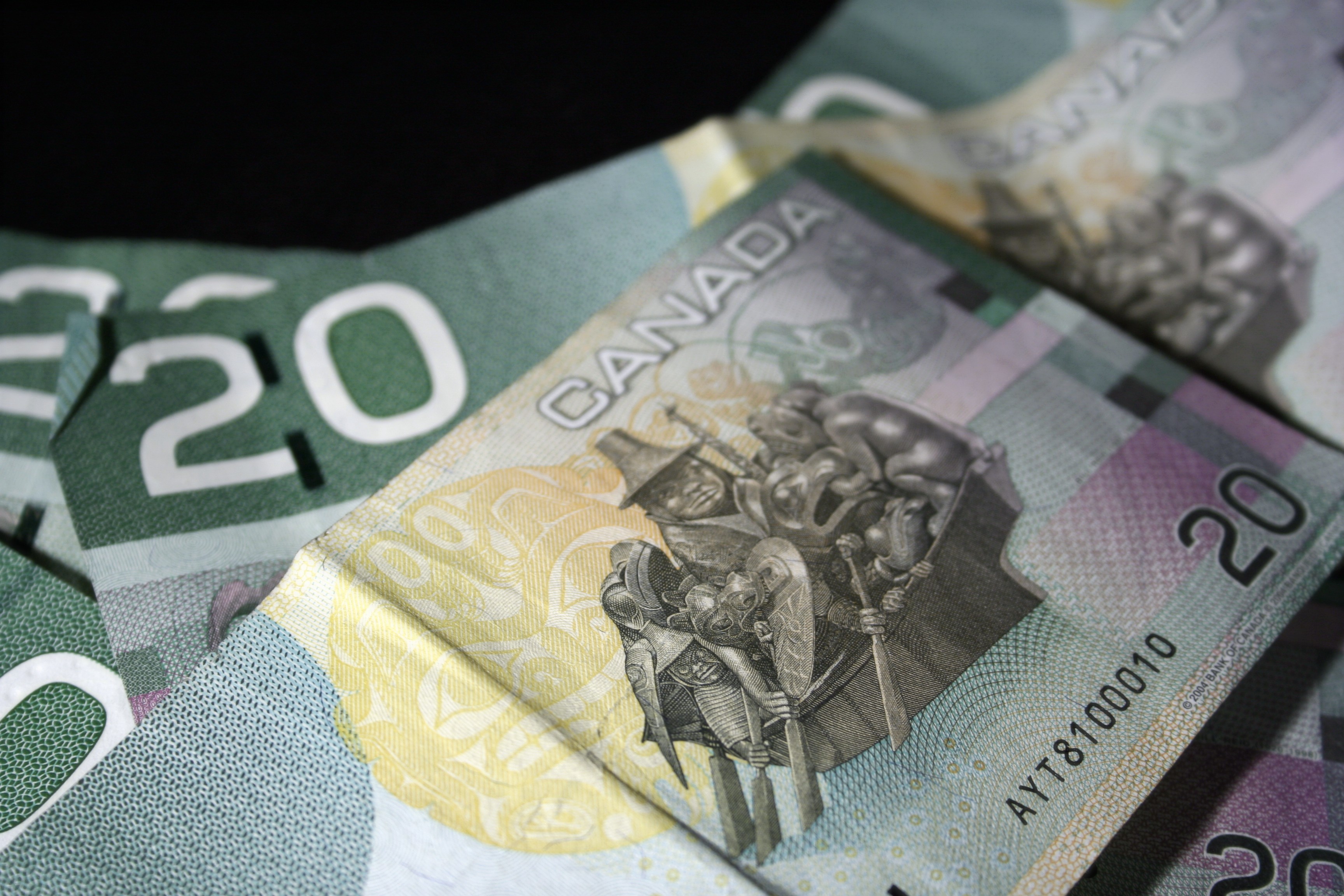Defence spending is a perennial issue for many countries around the world during elections, and Canada is no different in this respect. Last week, I wrote of the scant attention given to the Royal Canadian Navy during this current campaign, however, the same cannot be said of defence spending as a whole. Many political commentators, such as the Toronto Sun’s David Akin and the National Post’s Matt Gurney, have noted the precipitous decline in Canada’s defence spending since 2011. This week, Prime Minister Harper has sought to address these concerns by promising to add 6,000 reservists to the Canadian Forces (bringing the total to 30,000). What best explains the Conservative’s record on defence spending and should Canada continue to decrease its defence budget?
After coming to power in 2006, the Conservatives marque defence policy, the Canada First Defence Strategy, was designed to revitalize the long neglected Canadian Forces. During the two Conservative minority governments the defence budget increased, largely to meet the demands of the mission in Afghanistan. Following their majority mandate in 2011, the Conservatives began to slowly scale back Canada’s defence budget.
According to NATO, Canada will spend almost $1.8 billion less on defence in 2015 than it did in 2011. The political explanation for this is relatively straight forward. Post-recession, the Conservatives prioritized balancing the federal budget over sustaining the defence budget. Politically, cutting the defence budget can be viewed as a pragmatic move by the Conservatives. Cutting budgets are often politically dangerous, as some government services, such as healthcare and pensions, are immensely popular.
Defence spending does not fall into this category. Moreover, it is unlikely the Liberals or the NDP would campaign on raising defence spending. Therefore, defence is one of the few parts of government that the Conservatives can cut that won’t result in substantial backlash from both opposition parties and the public.
Moreover, among conservatives, there is an ideological divide between so called “budget hawks” and “defence hawks”. The former prioritize small government over a strong national defence, whereas the latter favour the reverse. In the United States, whose burgeoning national debt has been abetted in part by its enormous military, this divide among conservatives has recently become starker. Indeed, budget hawks are often concerned that a large defence budget will make surpluses impossible. These concerns are not entirely unfounded. As Business Insider reported earlier this summer, Greece has spent a comparably high amount on its military over the past decade (second only to the U.S. in NATO in terms of % of GDP), which has contributed to its financial woes. So while the Conservative’s cuts to the military may have been due to political expedience, there may also be genuine concerns stemming from a belief in fiscal conservativism. How well founded are these concerns?
For starters, there is more to a defence budget than simply its overall size; it is also important where that money goes. A helpful indicator of the overall efficiency of defence spending is the percentage of the defence budget spent on personnel. Countries that spend a large majority of their defence budget on personnel are often inefficient, with a top-heavy officer corps or a high ratio of administration-to-combat personnel. In Greece, for example, financial strains can be pushed to their limits when retiree’s pensions kick in en masse. Canada, however, is far from suffering these shortfalls.
In 2010, the global consulting firm McKinsey & Company produced a report for the U.S. government measuring the efficiency of its defence spending compared to other developed countries. The report found that the average portion of a defence budget countries spend on personnel is 45%. Canada is not far off that mark, spending 47.1% on personnel in 2015 while Greece spends 73.3% on personnel. Further, Canada scored well in the crucial measure of combat-to-administrative staff, with only 55% of its personnel serving in an administrative capacity. The average for this number was 63%; for the U.S. this number is an alarming 77%. Finally, the report found that countries without large domestic defence industries tend to have more efficient procurement projects (although Canada may represent an exception to this trend).
What this evidence demonstrates is that Canada could maintain or increase its defence spending without sacrificing overall fiscal solvency. The Canadian Forces have been impressively able to do more with less and have maintained an above-average level of efficiency. While there has been immense problems in procurement — what columnist Andrew Coyne has sardonically referred to as a “glorious bipartisan tradition” — these do not stem from a problem in over-spending. Rather, they often are the result of a lack long-term funding stability, which makes it difficult to predict future budget constraints.
Currently, Canada ranks in the bottom quartile of NATO – arguably Canada’s premier defence obligation – for defence spending as percentage of GDP, at par with Belgium, Latvia, Slovakia, and Slovenia. The concern that an increase in defence spending could lead to financial troubles is unlikely due to the structural makeup of the budget. Although cutting defence may be, politically, one of the easiest decisions for any government in Canada, long term it is not the wisest one.
